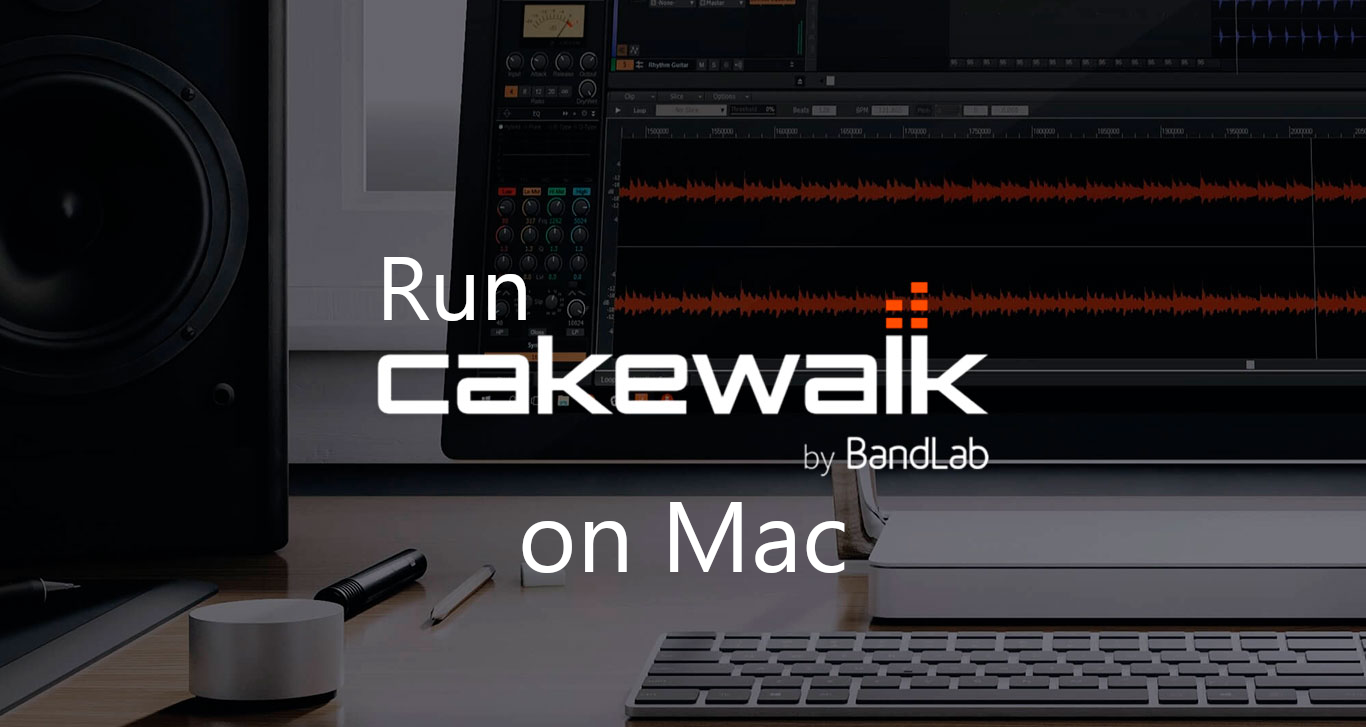What is Cakewalk?
Cakewalk, developed by BandCam, is a professional program for producing music. Thanks to its intuitive interface and support for an unlimited amount of MIDI tracks, composing, editing, and mixing becomes a very easy process. You can add an infinite number of voice tracks as well, if you want to use a real instrument or vocals. And although voice isn’t quite as easy to work with as MIDI, Cakewalk can still help you with it. Its VocalSync feature can easily synchronize timing of such tracks with the rest of your project, allowing you to focus on the creative side of things. Cakewalk also comes with a variety of tools to alter the sound, including a powerful graphic equalizer, resonant filtering, peak filtering, convolution reverb, and more. What’s more, all of these capabilities are available to pretty much everyone: Cakewalk is completely free. There’s one caveat, though. It is available only on Microsoft Windows, which is certainly a problem since most composing work is done on macOS. Thankfully, you don’t have to purchase a PC; there are several unofficial ways to run Cakewalk on Mac. You can learn more by reading the guide below.
How to run Cakewalk on Mac
The easiest way to run Cakewalk on Mac or MacBook is virtualization software. Despite the fact that emulators usually demand quite a lot of computing power out of a Mac, some of them (e.g. Parallels, VirtualBox, and VMWare) can be used to run Windows programs on OS X with minimal losses in the performance of your machine. Moreover, some of them support hardware acceleration, which can help with running graphically demanding apps and games. Also, they allow you to quickly switch between Windows and macOS desktops and copy any files between them.
Run Cakewalk on Mac with Parallels

If you wish to run Cakewalk on Mac, Parallels Desktop can be a solution. This is an application that allows for Windows virtualization on Mac, and has full support for GPU acceleration. In simpler terms, what this means is that it allows you to install Windows 10 on Mac with just a couple of clicks and switch between macOS and Windows instantly. So you will be able to run Windows and install Cakewalk just like on a regular PC.
Run Cakewalk on Mac with other virtualization programs
Another popular virtualization program is VMware Fusion. It can be used to run many operating systems, like Windows, Linux, and FreeBSD. It also supports hardware acceleration, so it can be use to run GPU-intensive applications and most modern games.
You can also try VirtualBox, Wine, and QEMU, however, these programs are not very accessible to users and require advanced computer skills to use.
Run Cakewalk on a remote server
If you have a powerful Windows-based server and a fast internet connection, you can run Cakewalk on this machine and connect to it with your Mac. You can use TeamViewer, AnyDesk, or other software for this purpose.
Run Cakewalk on Mac with Boot Camp (for Intel Macs only)
Note: Mac computers with Apple Silicon chips (all M1, M2, and M3-based models, including those with Pro, Max, and Ultra versions of CPUs) do not support BootCamp. In this case, use the options above to run Cakewalk on Mac.
BootCamp is a program for Intel-based Macs that allows you to install multiple operating systems on your Mac. However, you won’t be able to switch between systems like in Parallels. Instead, you will need to reboot your machine every time you want to switch from Mac to Windows and vice versa. Additionally, you will need at least 64 GB of free space on your device; this space will be used to store Windows operating system and all Windows apps. To set up Windows via BootCamp, please, do the following:
Important: macOS versions prior to OS X El Capitan 10.11 require a bootable Windows USB.
- Download Windows ISO file
- Open Boot Camp Assistant (Go to Applications > Utilities)
- Define the Windows partition size choose downloaded Windows ISO file
- Format Windows partition and go through all Windows installation steps
- When Windows boots for the first time follow on-screen instructions to install Boot Camp and Windows support software (drivers)






